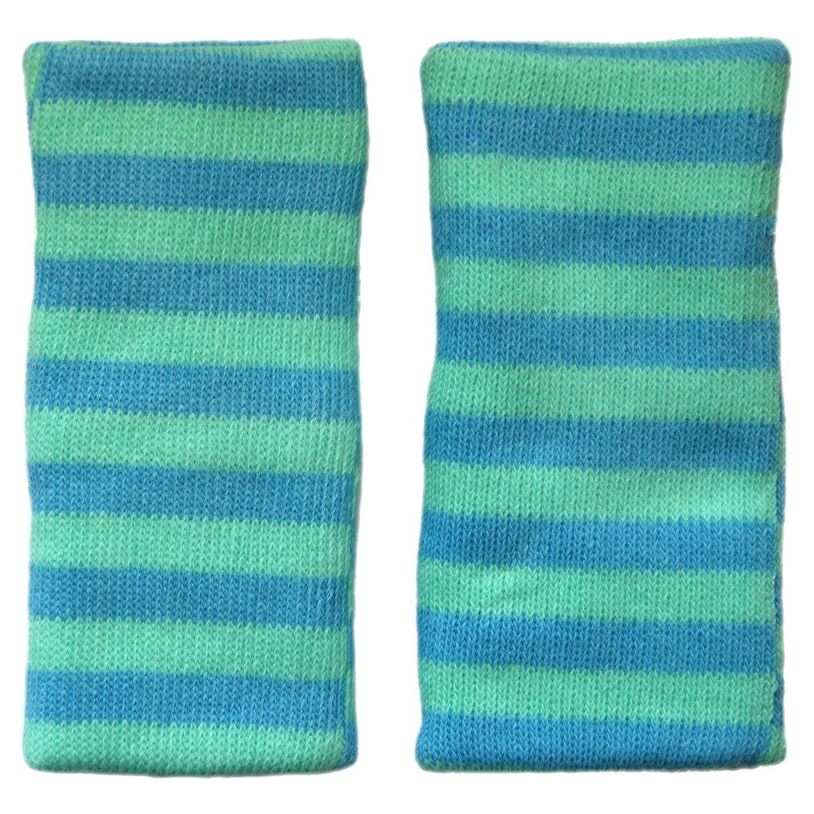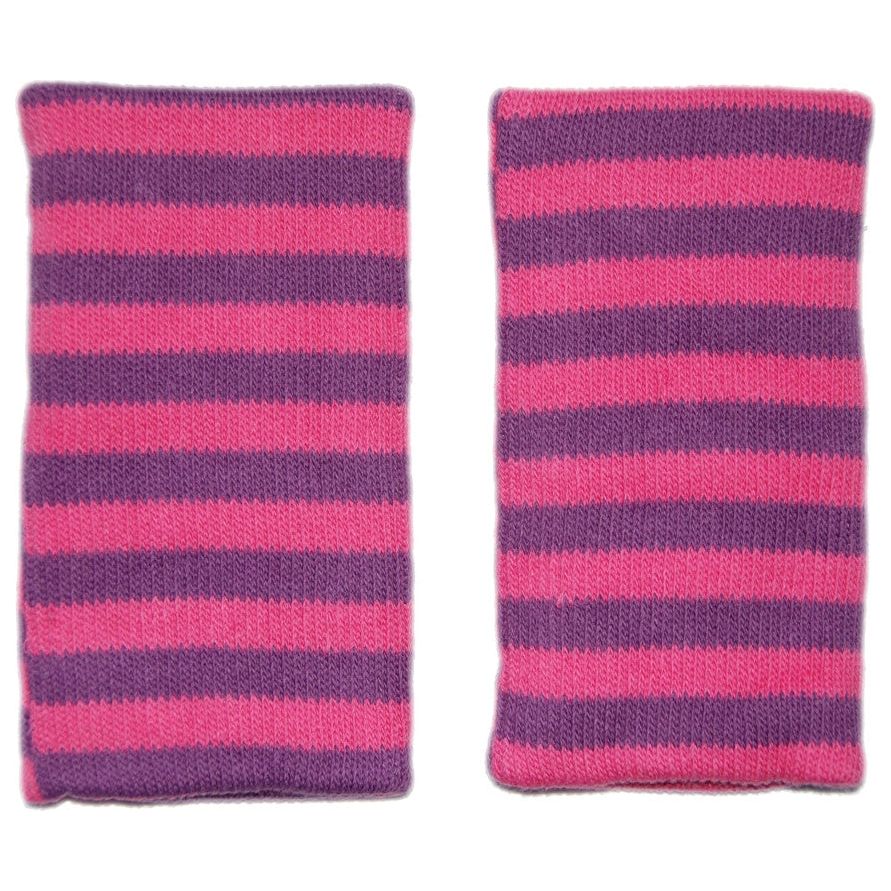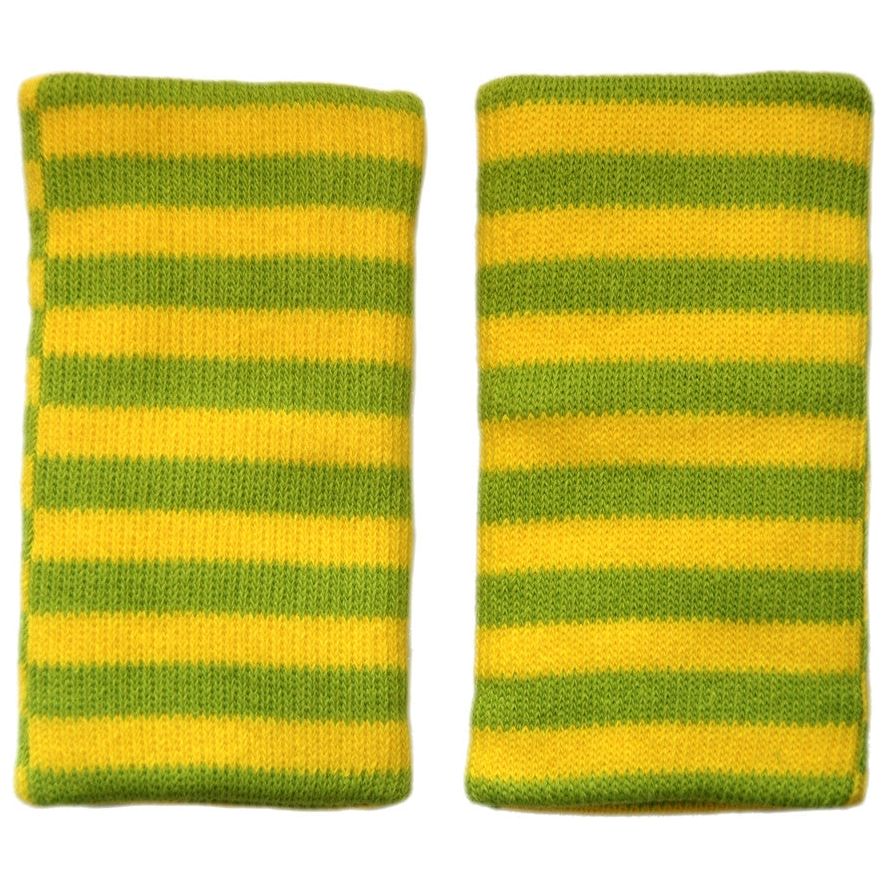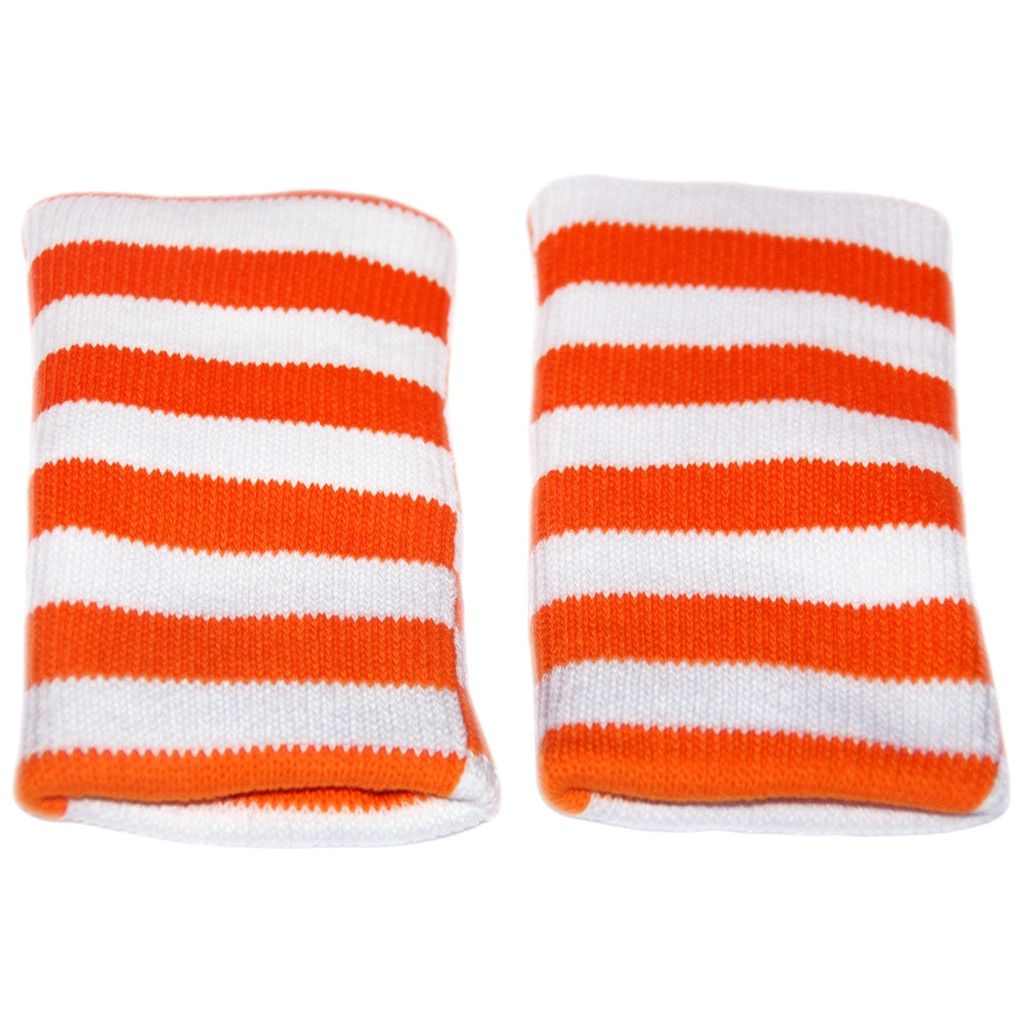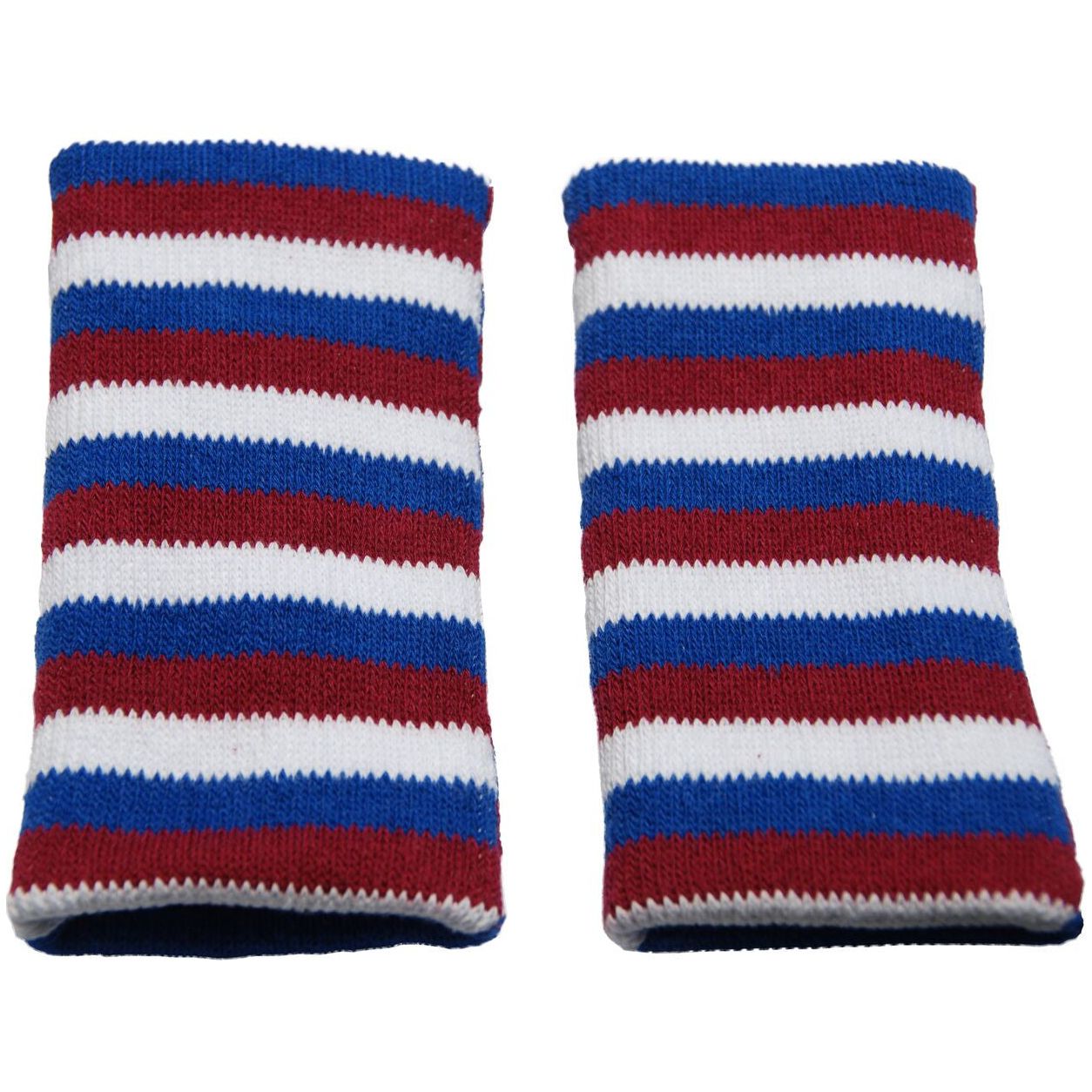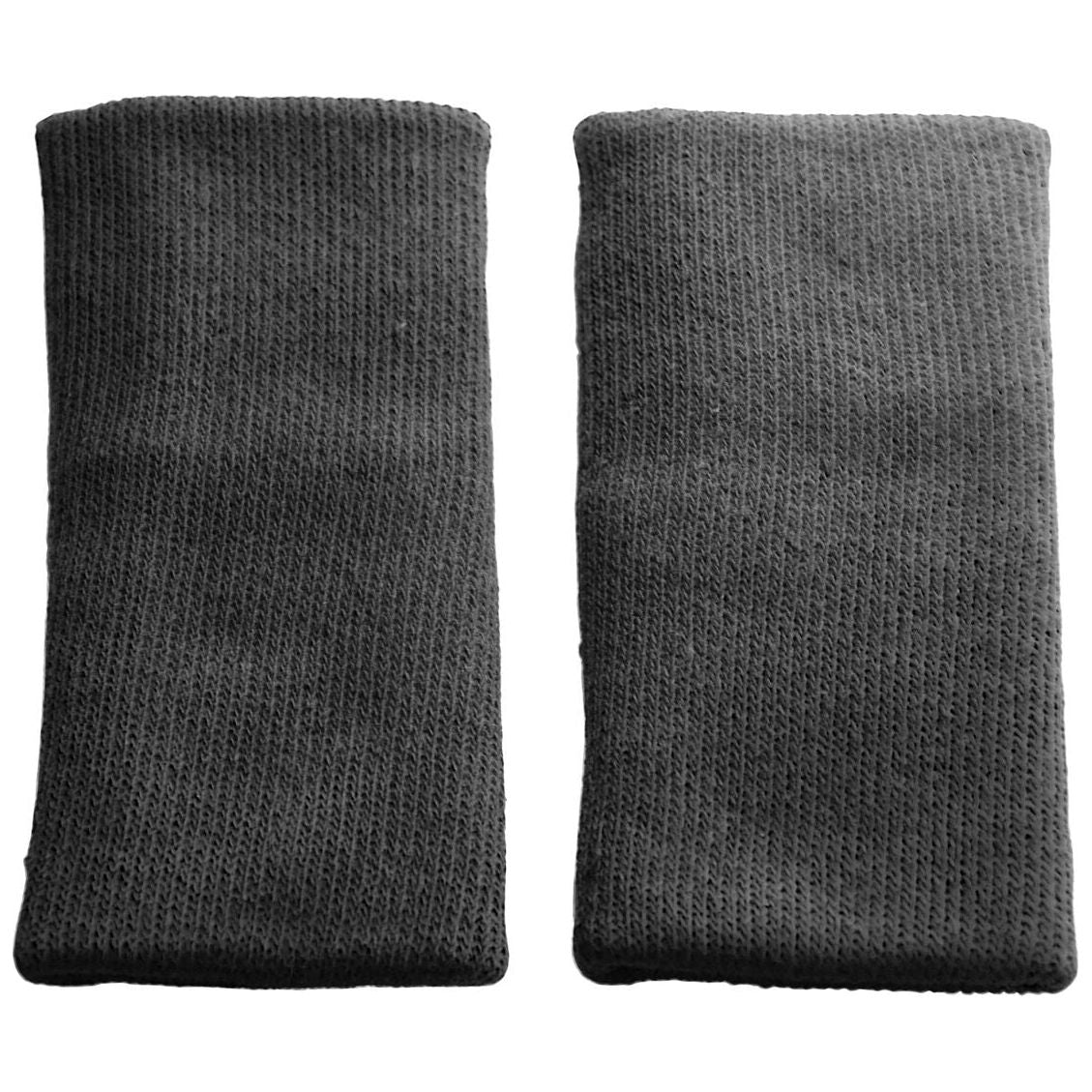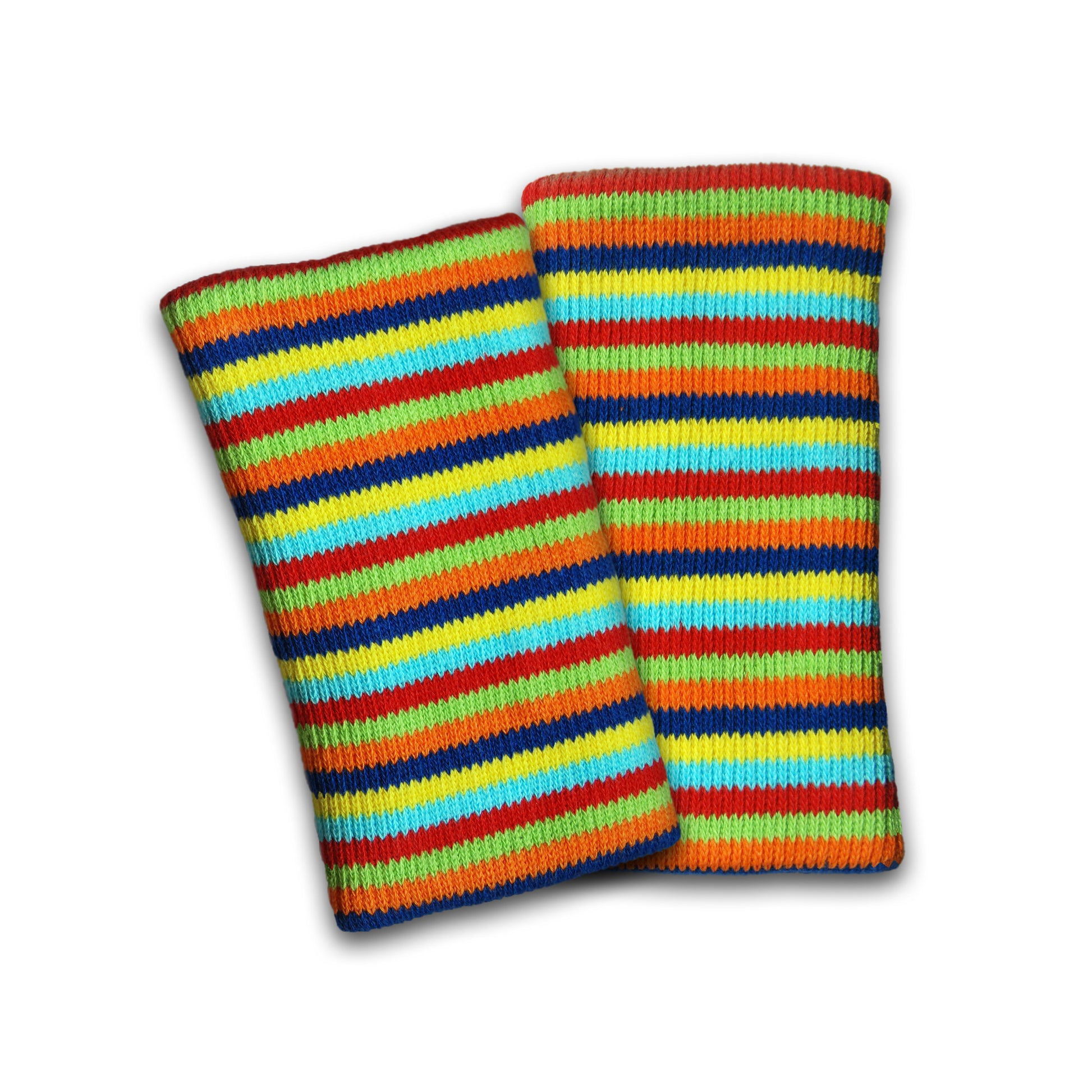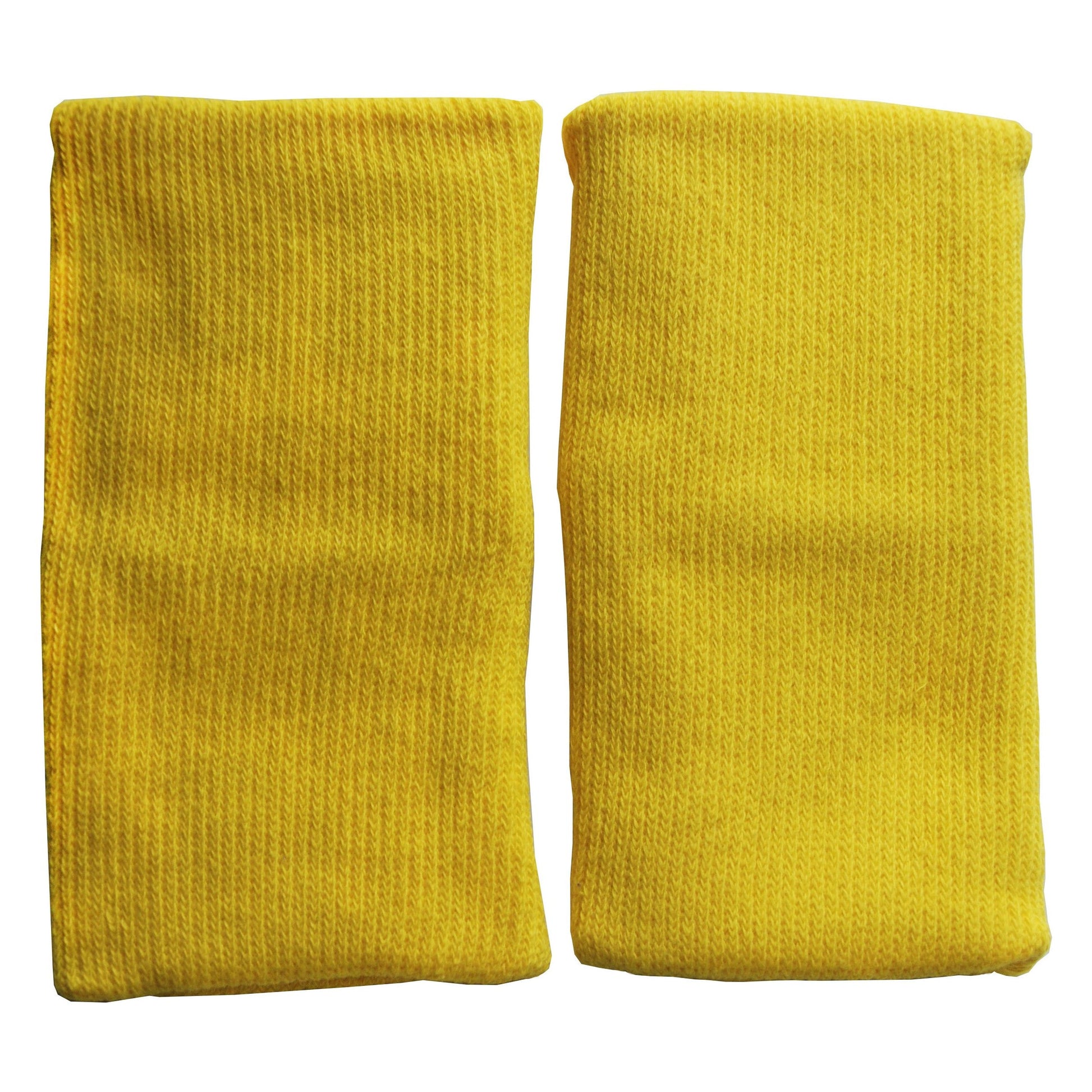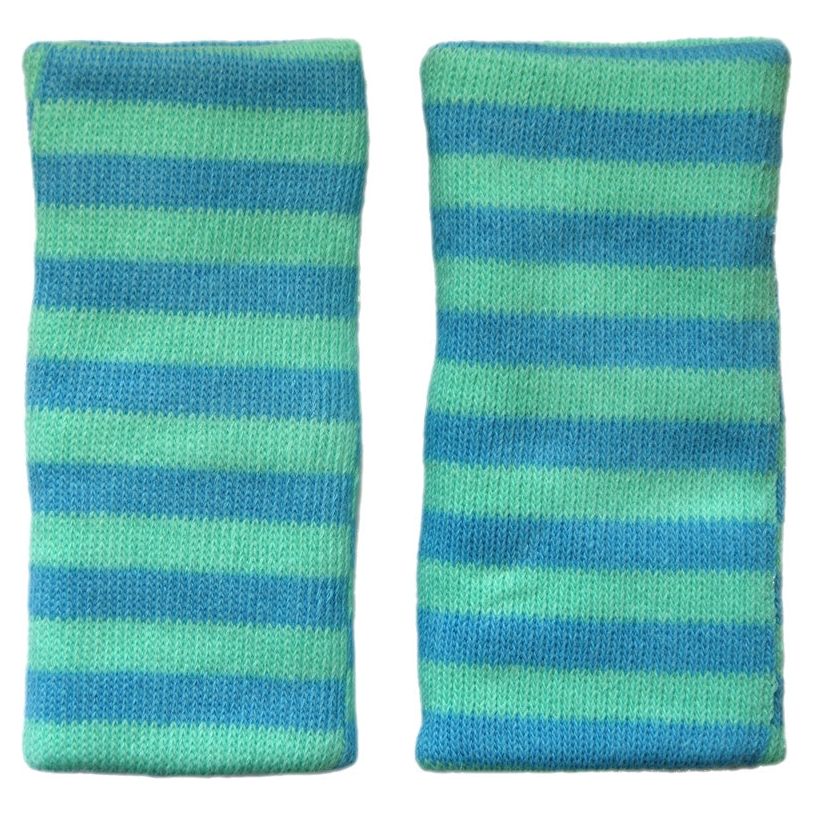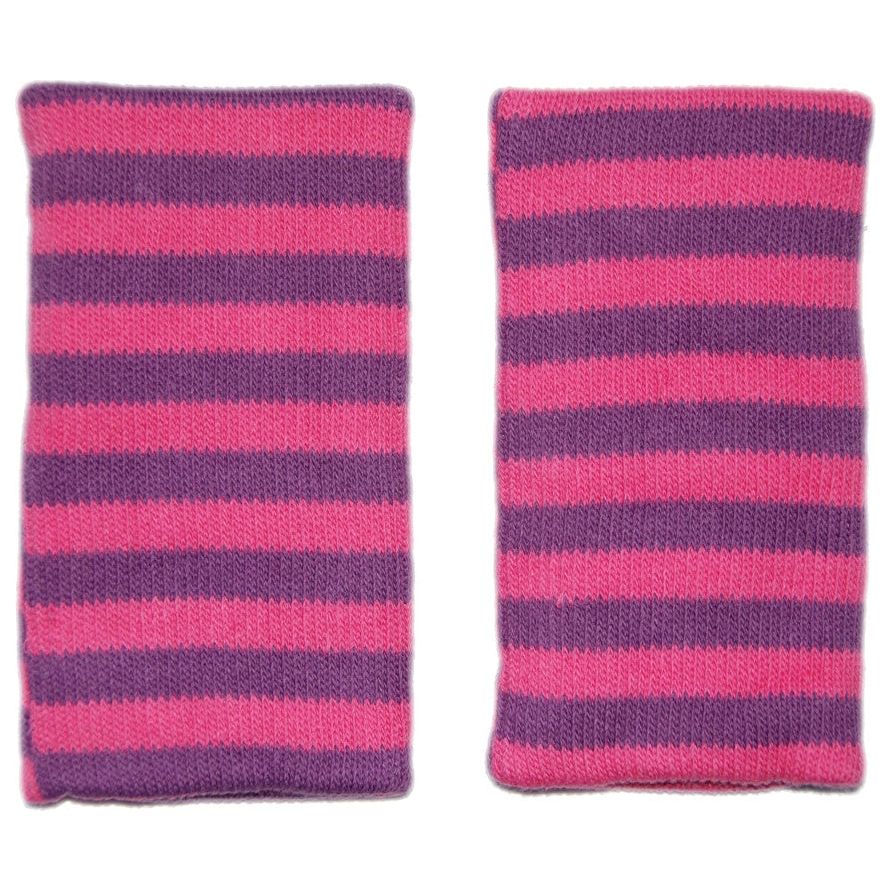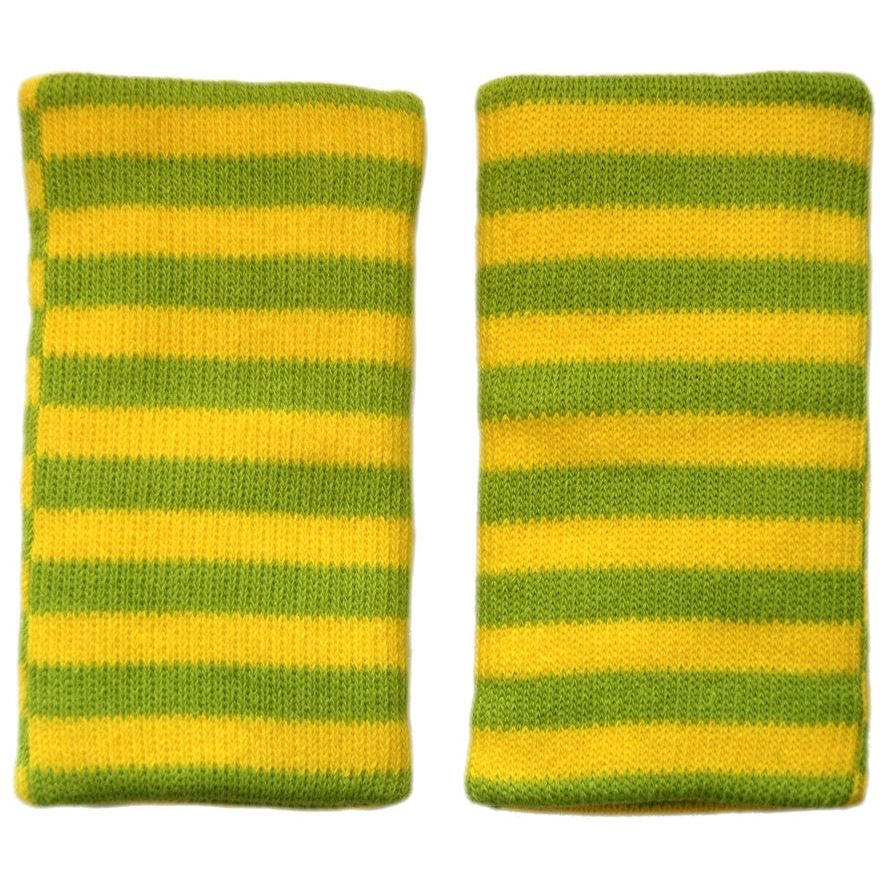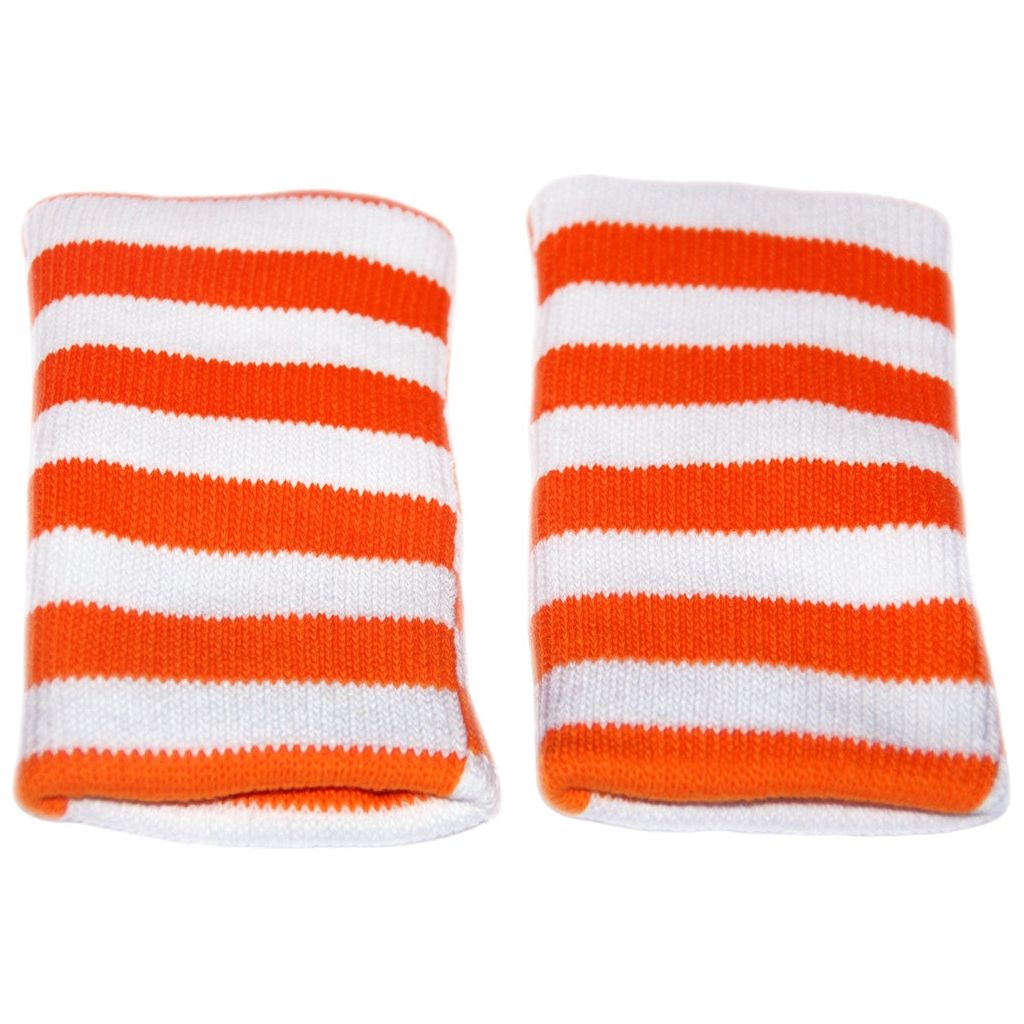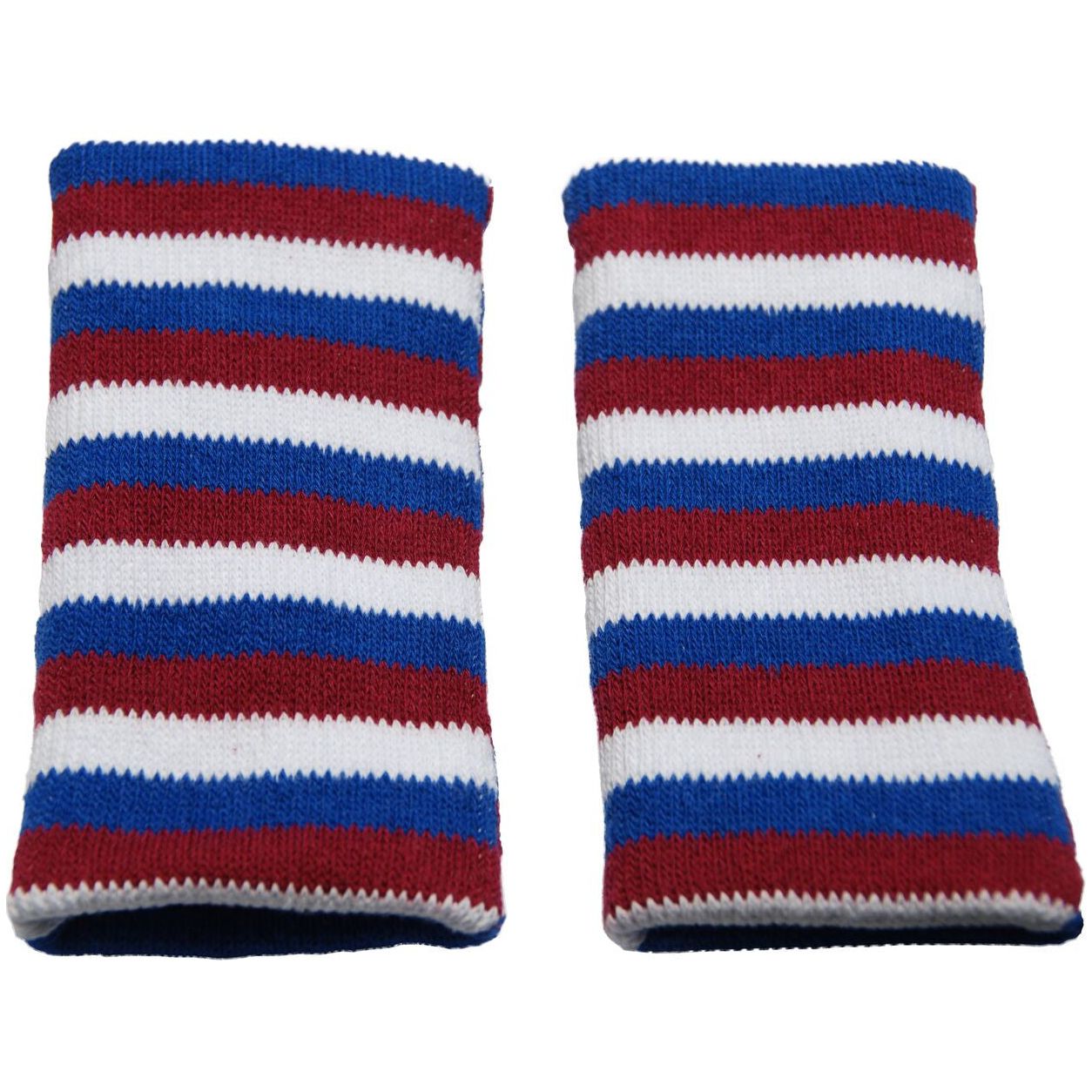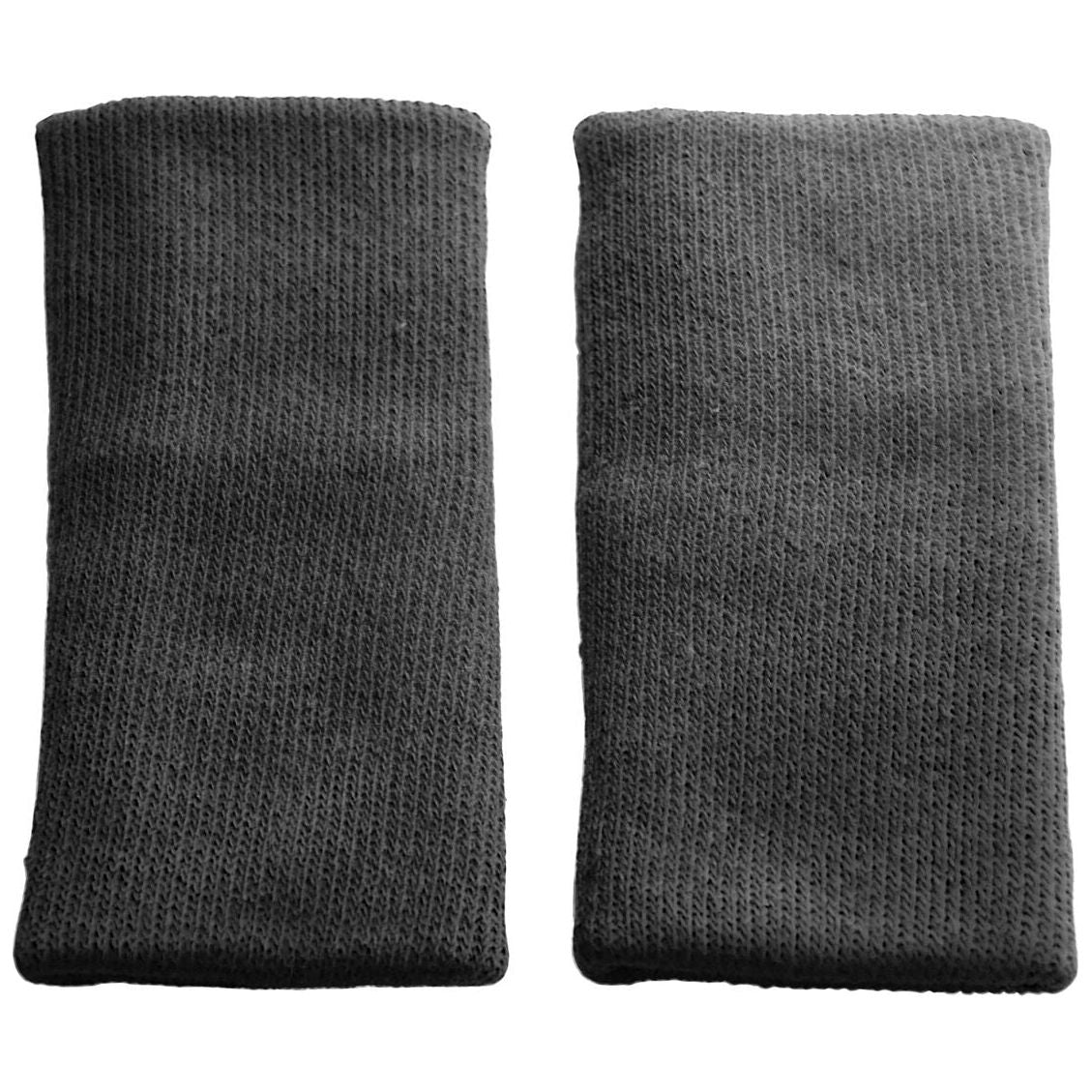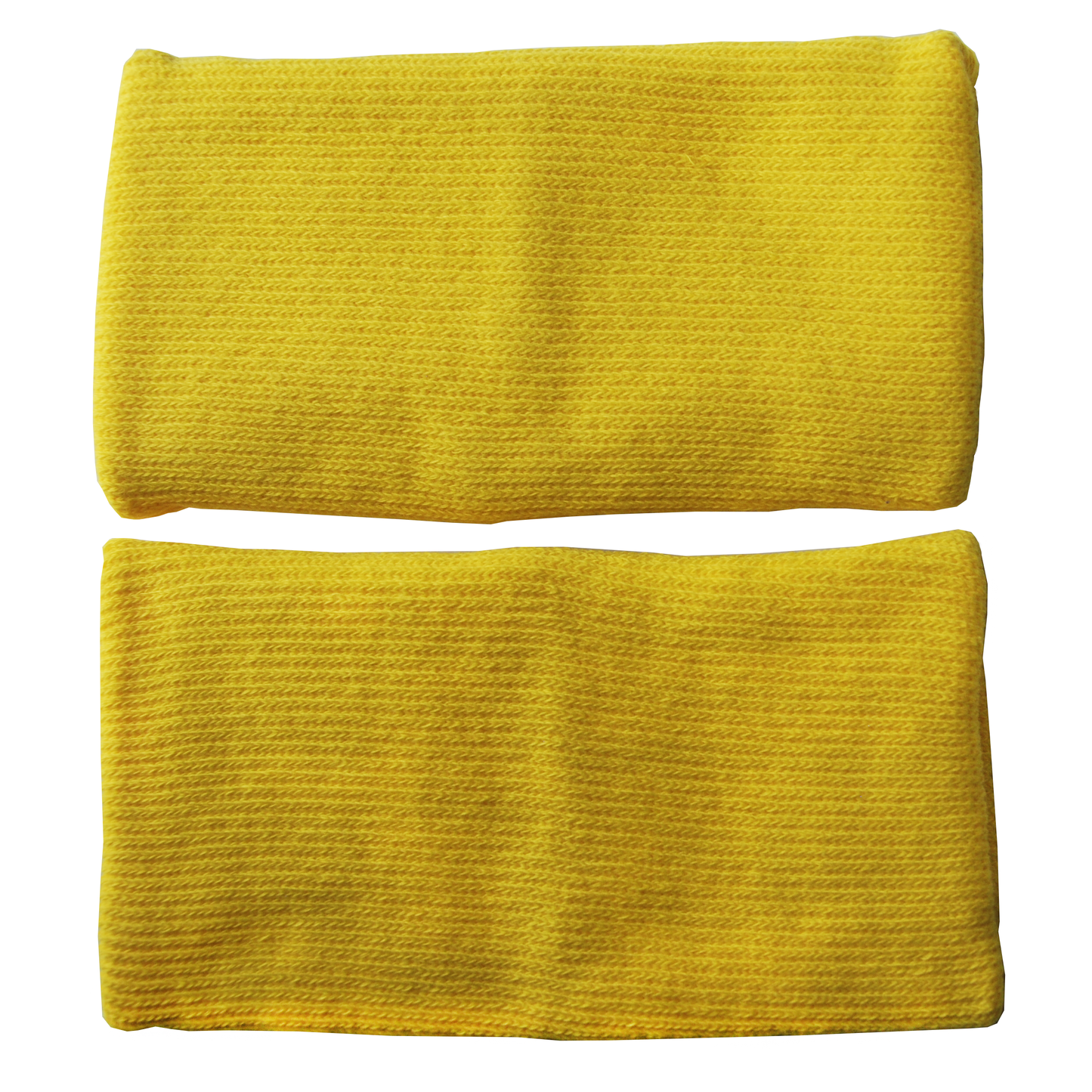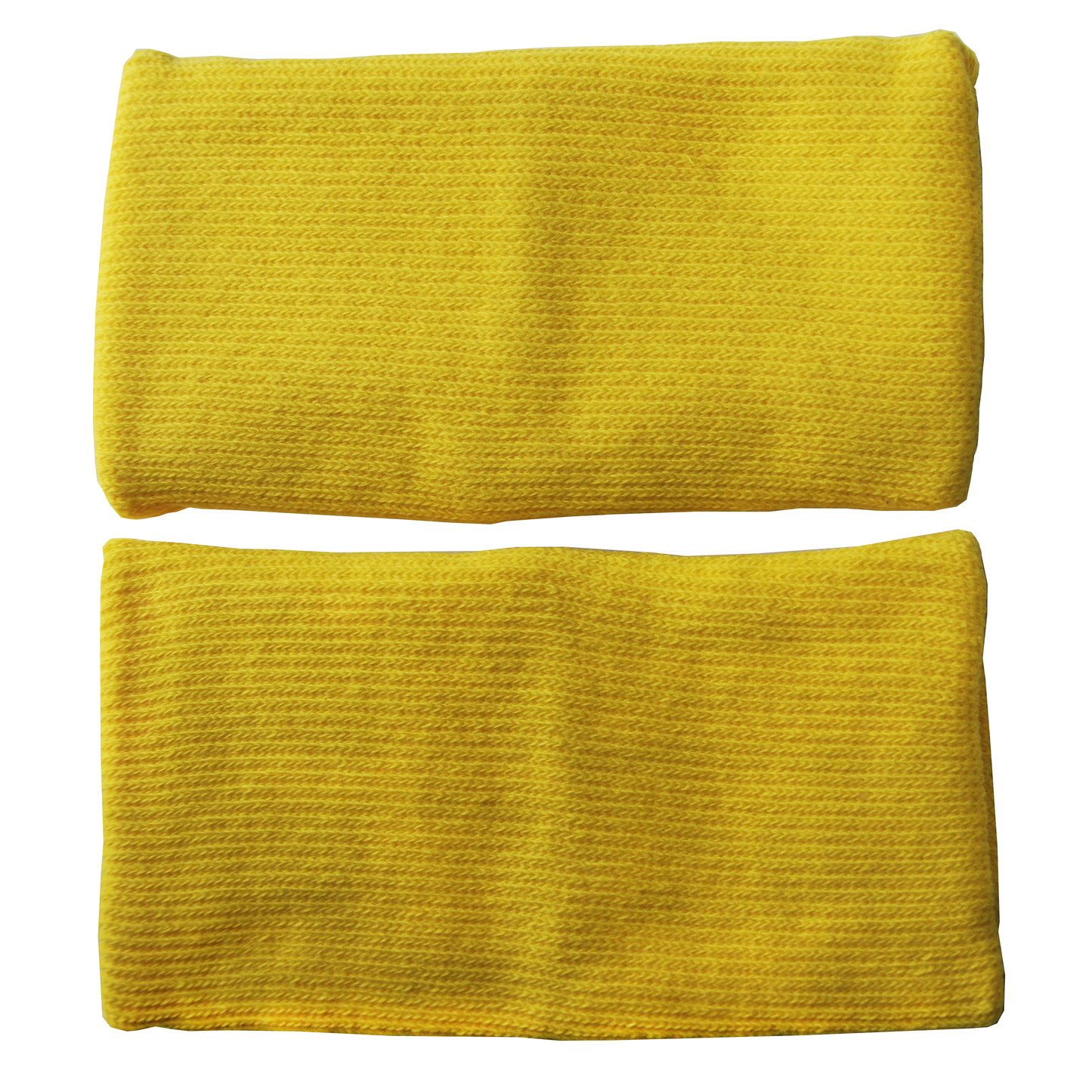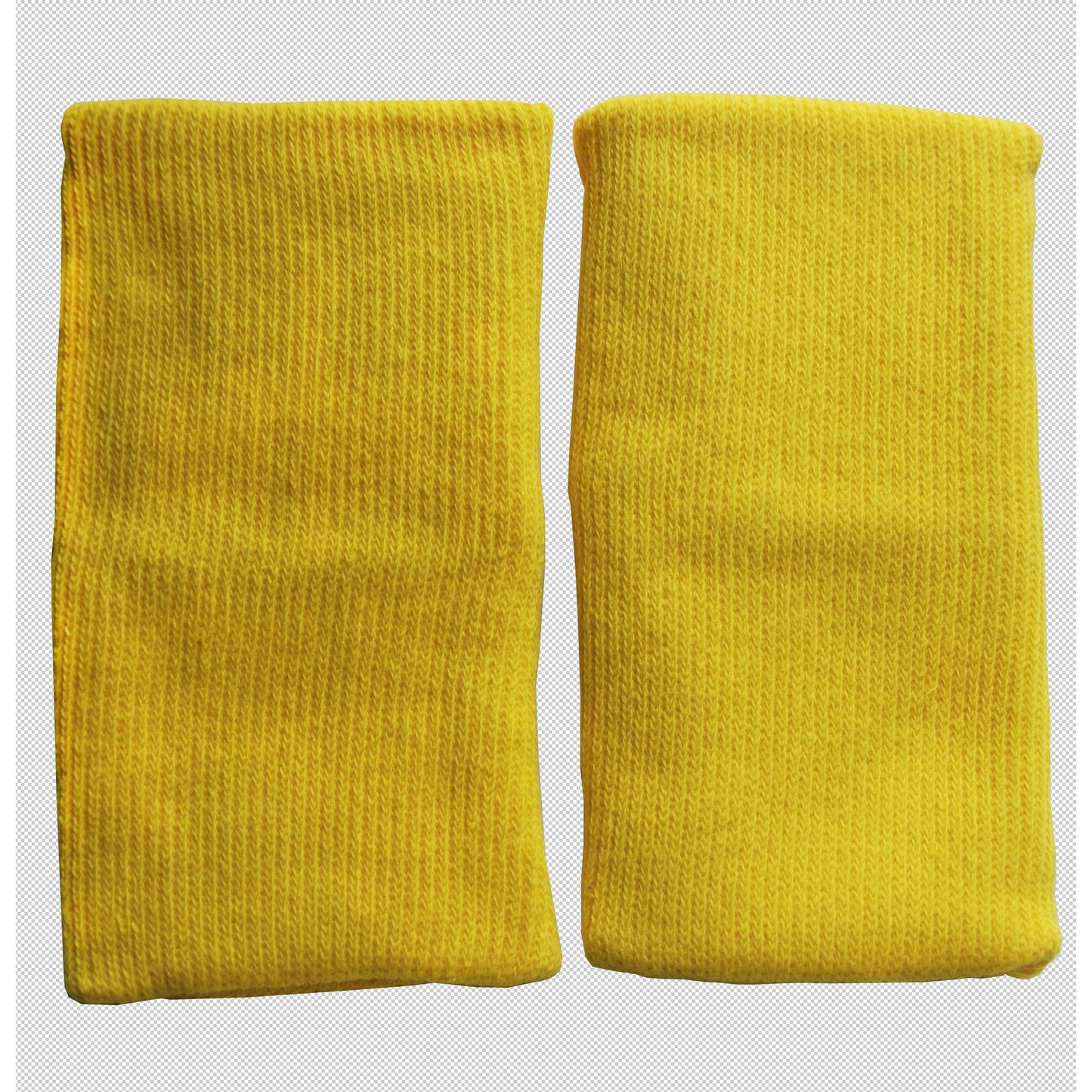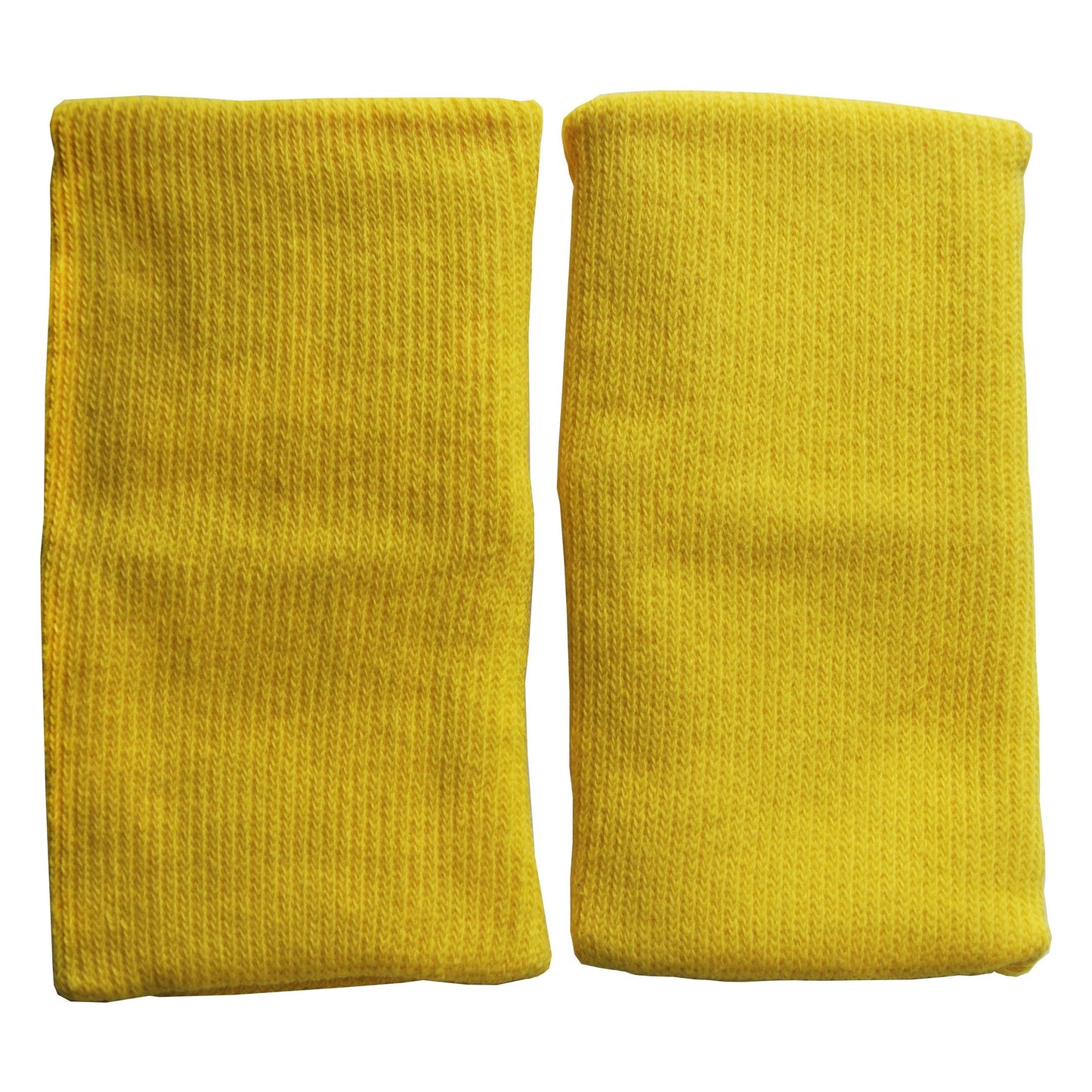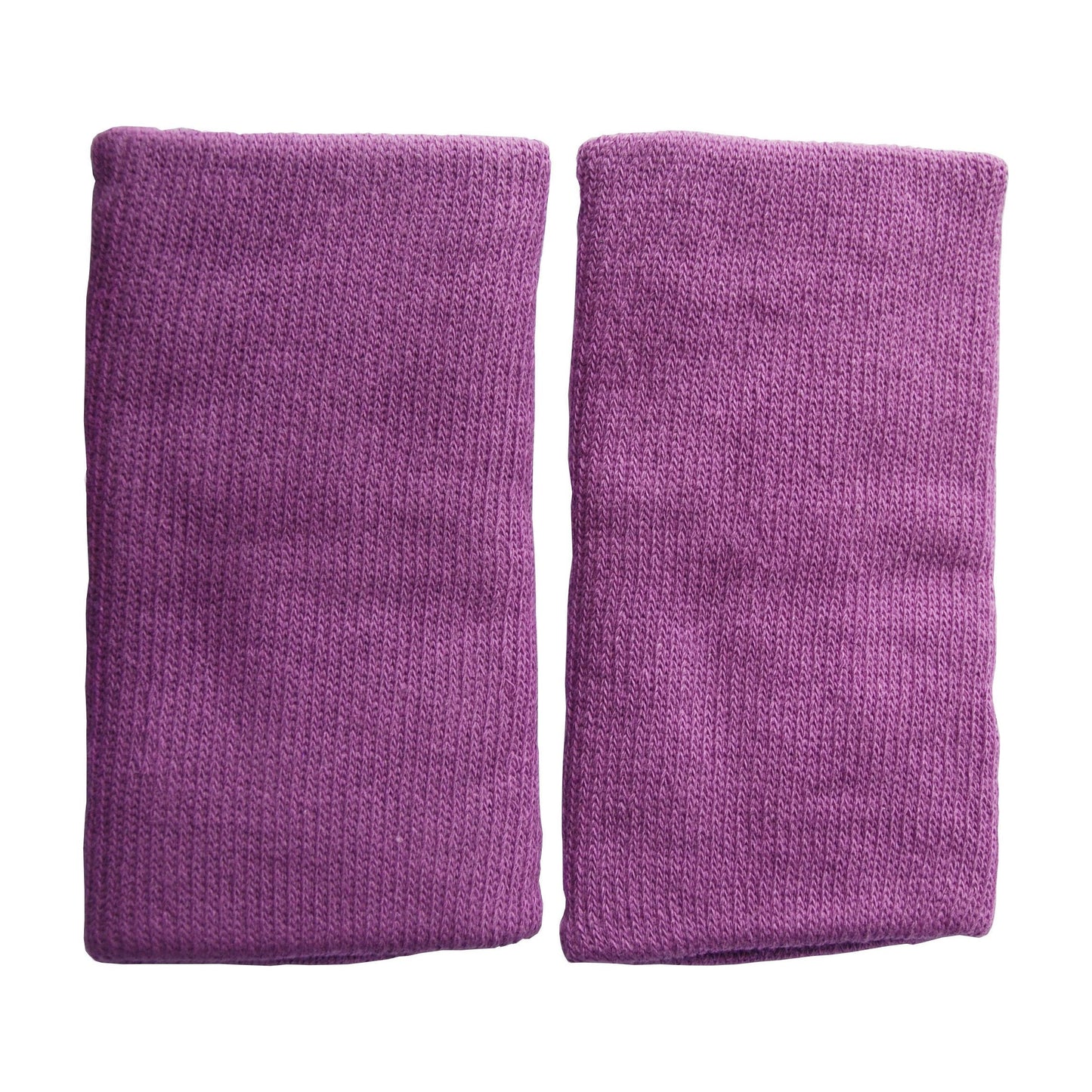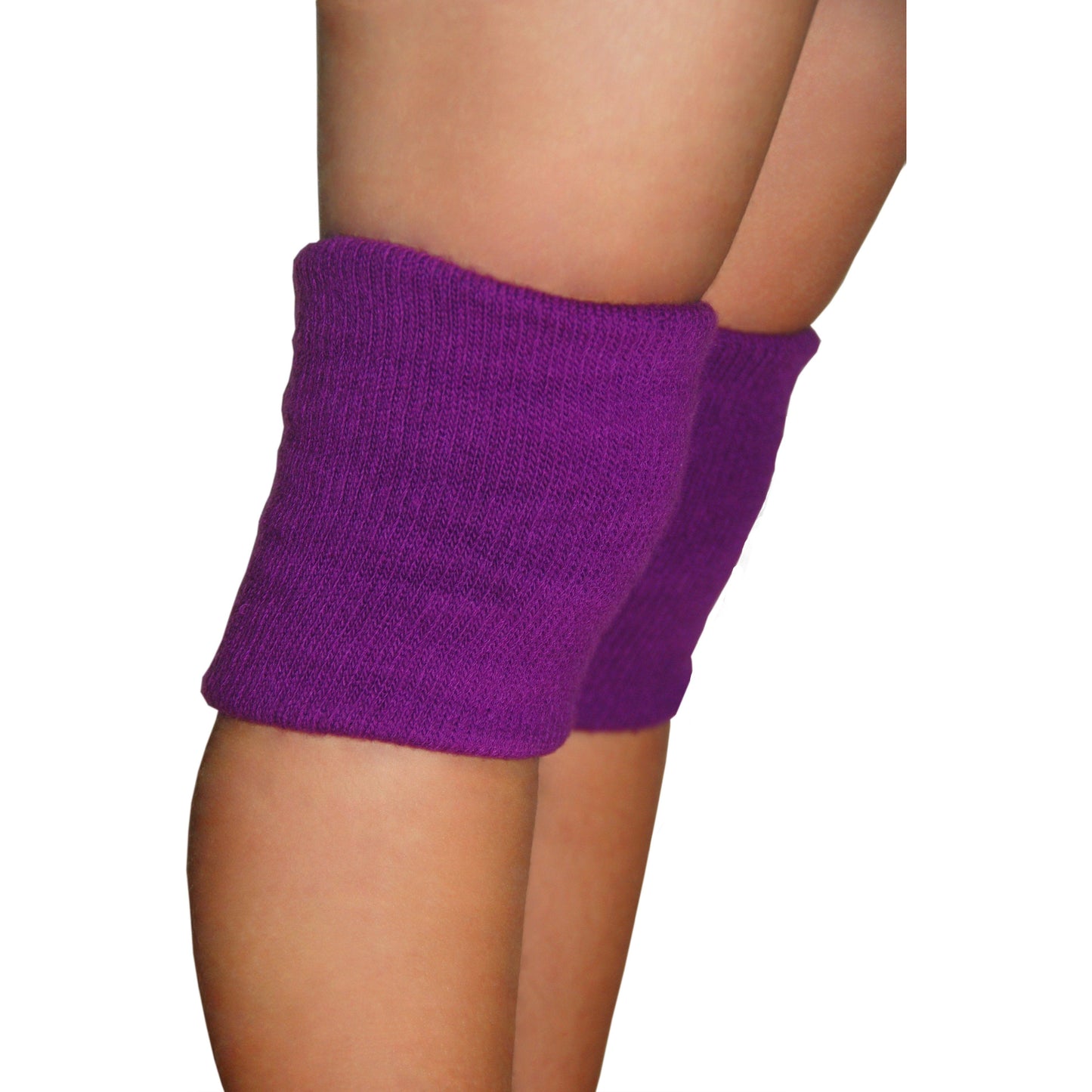As your baby grows and develops, reaching important milestones is an exciting part of their journey. One such milestone that marks a significant step in their physical and cognitive development is crawling. Crawling is not only a mode of transportation for your little one but also a key precursor to other major milestones like walking. In this article, we will explore the crawling milestones, what to expect during this stage, and how you can support your baby's progress.
1. Tummy Time and Building Core Strength:
Crawling begins with tummy time, which is essential for building core strength and developing the muscles needed for crawling. Encourage regular tummy time sessions from an early age to help your baby develop the necessary strength and stability in their core muscles.
2. The Pre-Crawling Stage:
Before your baby starts crawling on all fours, they typically go through a pre-crawling stage where they may experiment with various movements. These movements may include scooting, rocking back and forth, or pushing themselves backward. Allow your baby plenty of supervised floor time during this stage to explore and practice their movements.
3. Commando Crawling:
One common crawling technique is known as commando crawling or belly crawling. This involves your baby dragging themselves along the floor using their arms while keeping their belly close to the ground. Commando crawling helps strengthen the upper body and coordination skills necessary for more advanced crawling.
4. Hands-and-Knees Crawling:
As your baby's muscles and coordination improve, they will progress to hands-and-knees crawling. This milestone typically occurs around 7-10 months. Encourage your baby to get into the hands-and-knees position by placing toys or objects just out of reach to motivate them to move forward.
5. Crawling with Confidence:
Once your baby masters hands-and-knees crawling, they will gain confidence and begin exploring their environment more independently. You may notice them crawling faster and venturing into different rooms. Ensure a safe and baby-proofed space for them to explore freely while keeping a watchful eye.
6. Supporting Your Baby's Progress:
To support your baby's crawling progress, create a safe and stimulating environment. Clear any hazards, such as sharp corners or small objects, from their crawling area. Provide a soft and comfortable surface for them to crawl on, such as a play mat or carpet. Encourage their efforts and offer praise and encouragement as they explore and master new crawling skills.
Crawling is an exciting and crucial milestone in your baby's development. It marks the beginning of their journey towards greater mobility and independence. By understanding the crawling milestones and providing a supportive environment, you can help your baby navigate this stage with confidence. Celebrate their progress and enjoy witnessing their exploration of the world around them as they embark on their crawling adventure.
Remember, every baby is unique, and they will progress at their own pace. If you have any concerns about your baby's development or crawling milestones, consult with your pediatrician for guidance and reassurance.
We hope this article has provided you with valuable insights into crawling milestones and how to support your baby's progress. Happy crawling!



